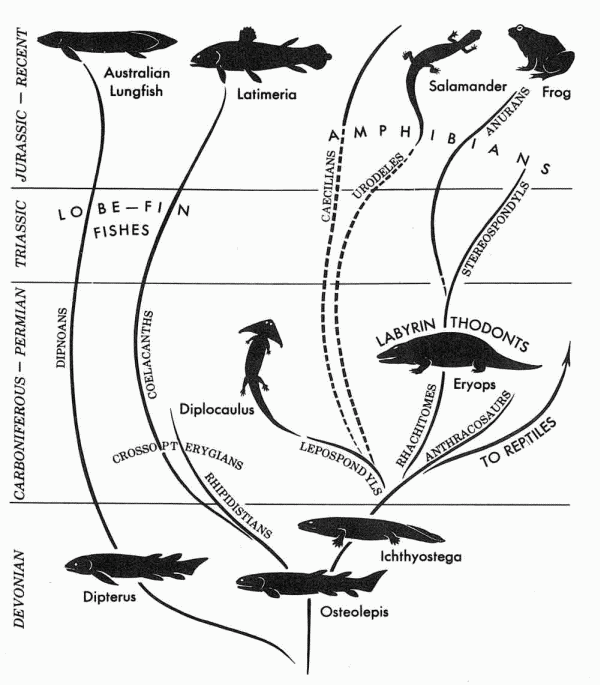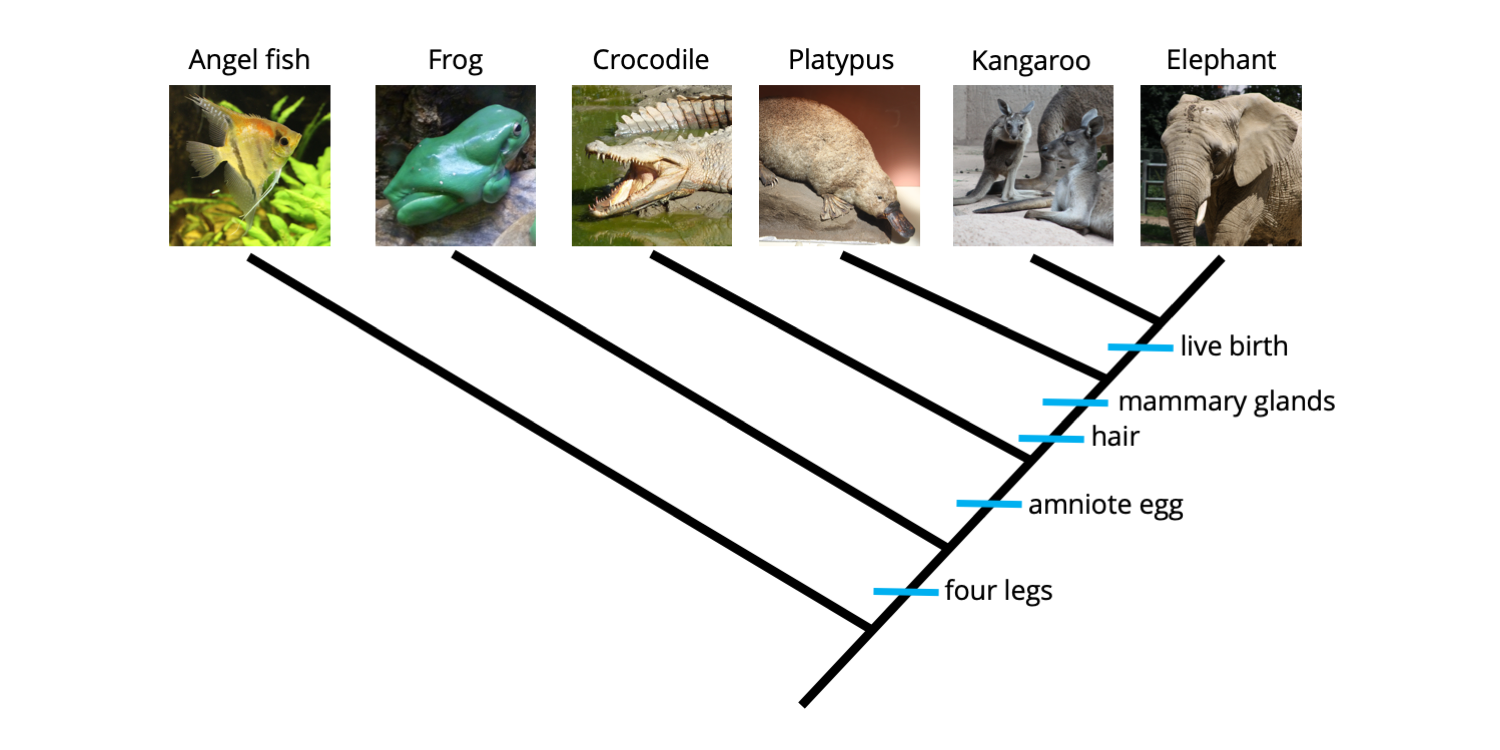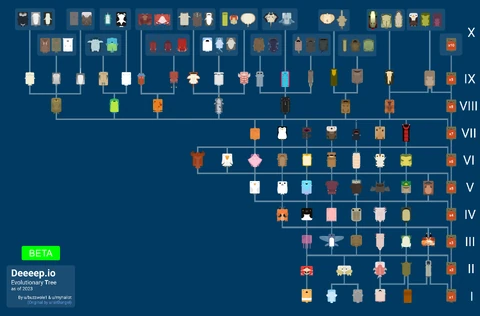Phylogenetic classification of bony fishes
$ 7.99 · 4.5 (682) · In stock
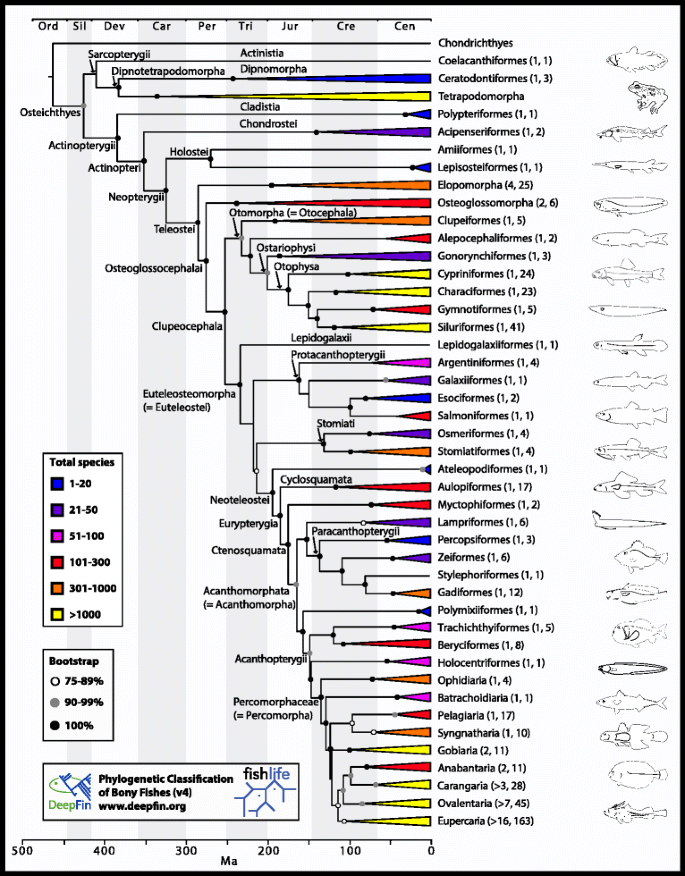
Background Fish classifications, as those of most other taxonomic groups, are being transformed drastically as new molecular phylogenies provide support for natural groups that were unanticipated by previous studies. A brief review of the main criteria used by ichthyologists to define their classifications during the last 50 years, however, reveals slow progress towards using an explicit phylogenetic framework. Instead, the trend has been to rely, in varying degrees, on deep-rooted anatomical concepts and authority, often mixing taxa with explicit phylogenetic support with arbitrary groupings. Two leading sources in ichthyology frequently used for fish classifications (JS Nelson’s volumes of Fishes of the World and W. Eschmeyer’s Catalog of Fishes) fail to adopt a global phylogenetic framework despite much recent progress made towards the resolution of the fish Tree of Life. The first explicit phylogenetic classification of bony fishes was published in 2013, based on a comprehensive molecular phylogeny ( www.deepfin.org ). We here update the first version of that classification by incorporating the most recent phylogenetic results. Results The updated classification presented here is based on phylogenies inferred using molecular and genomic data for nearly 2000 fishes. A total of 72 orders (and 79 suborders) are recognized in this version, compared with 66 orders in version 1. The phylogeny resolves placement of 410 families, or ~80% of the total of 514 families of bony fishes currently recognized. The ordinal status of 30 percomorph families included in this study, however, remains uncertain (incertae sedis in the series Carangaria, Ovalentaria, or Eupercaria). Comments to support taxonomic decisions and comparisons with conflicting taxonomic groups proposed by others are presented. We also highlight cases were morphological support exist for the groups being classified. Conclusions This version of the phylogenetic classification of bony fishes is substantially improved, providing resolution for more taxa than previous versions, based on more densely sampled phylogenetic trees. The classification presented in this study represents, unlike any other, the most up-to-date hypothesis of the Tree of Life of fishes.
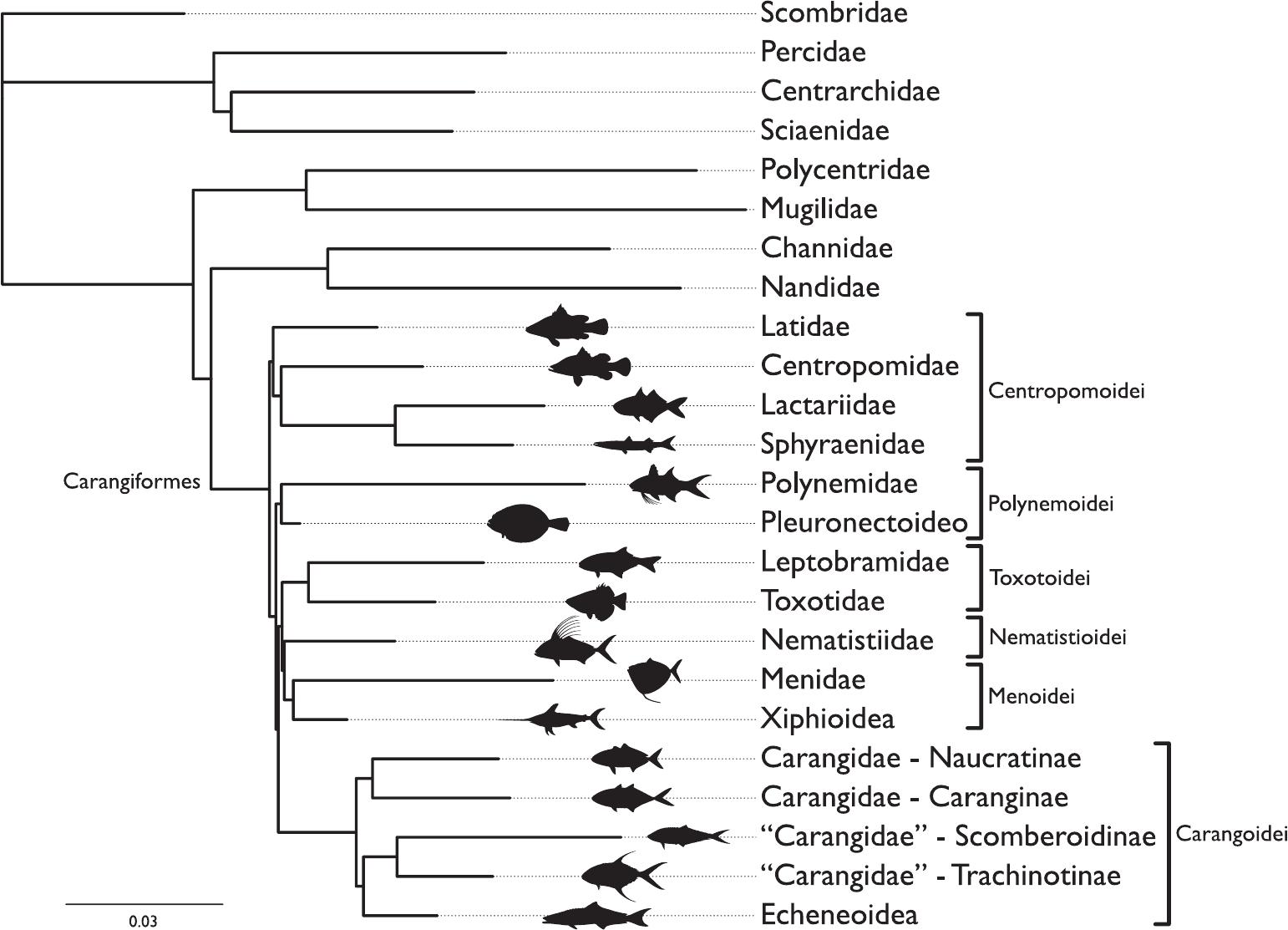
The Phylogeny of Carangiform Fishes: Morphological and Genomic

Phylogenetic classification of bony fishes, BMC Ecology and Evolution, Full Text

Actinopterygii, Animal Database

Comparative genomics of tarakihi (Nemadactylus macropterus) and five New Zealand fish species: assembly contiguity affects the identification of genic features but not transposable elements

Genealogy of fishes after AGASSIZ (1844, vol. 1: 171). AGASSIZ's
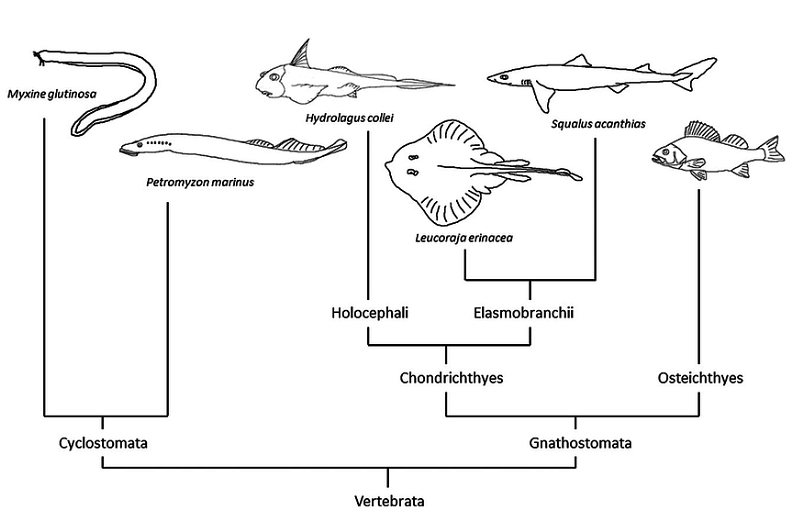
Osteichthyes: Characteristics, Classification & Examples

PDF] The Tree of Life and a New Classification of Bony Fishes

The phylogenetic origin and evolution of acellular bone in teleost fishes: insights into osteocyte function in bone metabolism - Davesne - 2019 - Biological Reviews - Wiley Online Library
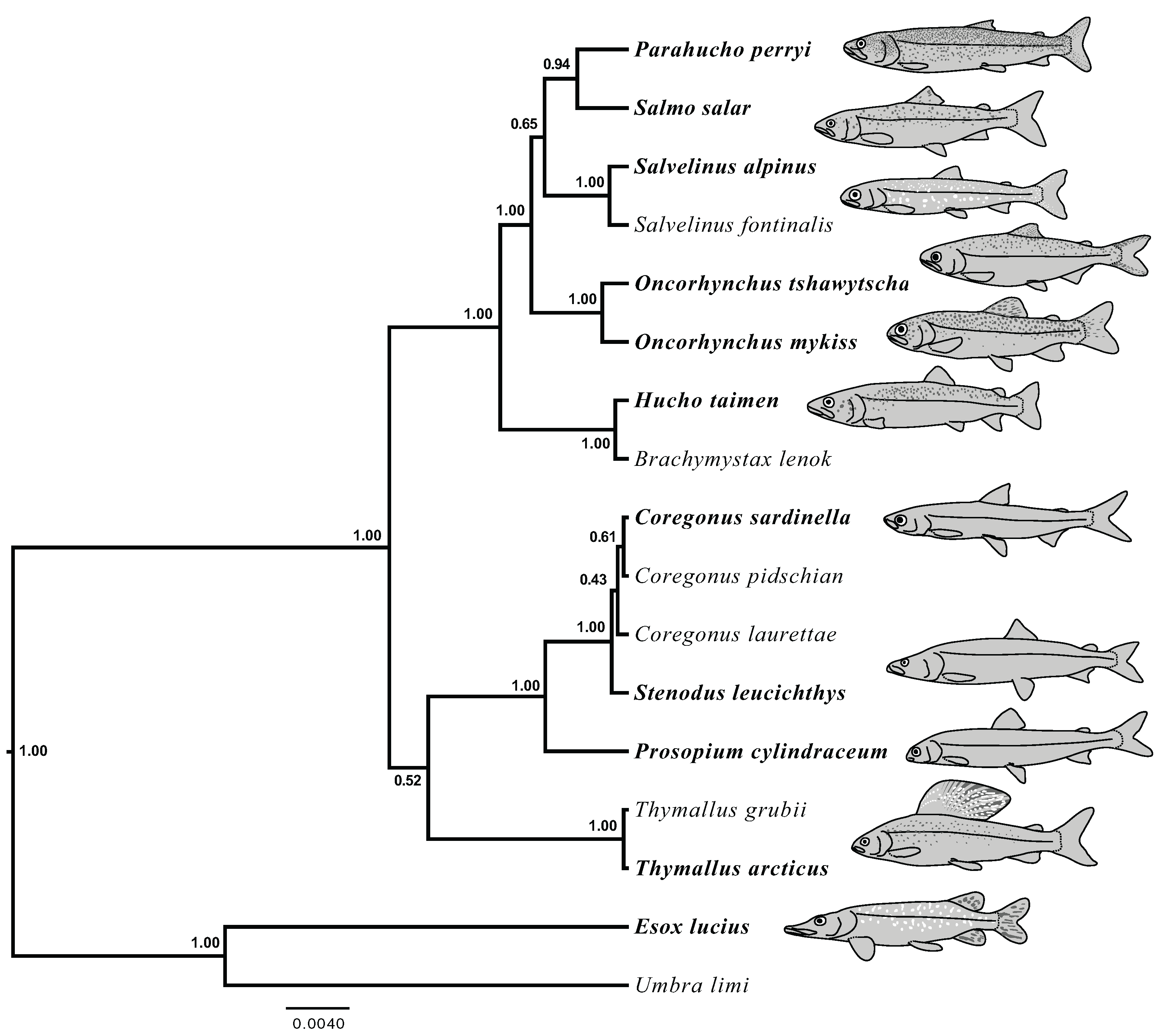
Addressing incomplete lineage sorting and paralogy in the inference of uncertain salmonid phylogenetic relationships [PeerJ]
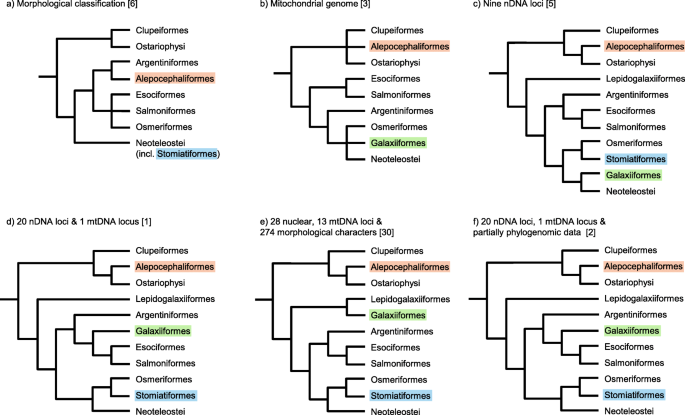
A phylogenomic approach to reconstruct interrelationships of main clupeocephalan lineages with a critical discussion of morphological apomorphies, BMC Ecology and Evolution

Towards a complete classification of the Neotropical thorny catfishes (Siluriformes: Doradidae) – Neotropical Ichthyology

Phylogenetic position of tetraodontiformes and lophiiformes

Evolutionary and ecological correlates of thiaminase in fishes

The tree of life and a new classification of bony fishes. - Abstract - Europe PMC





